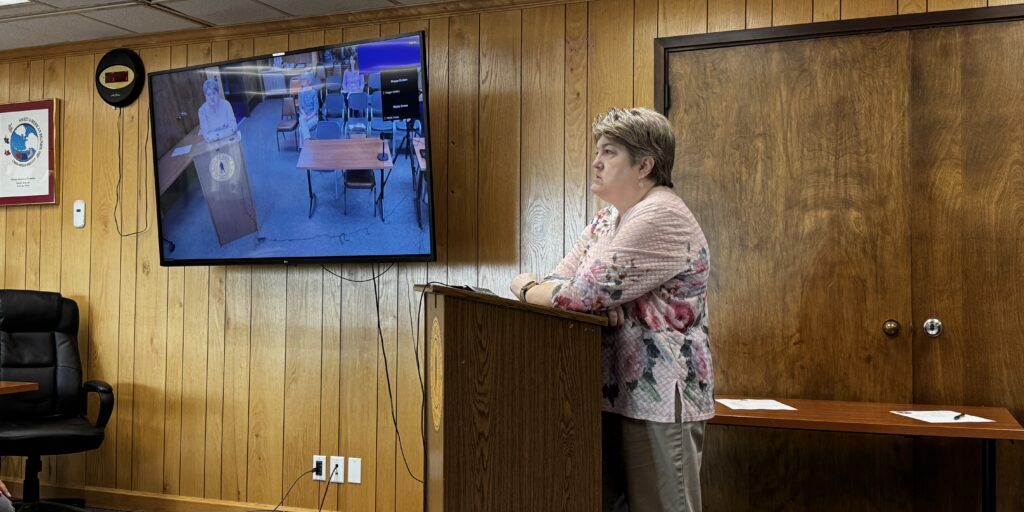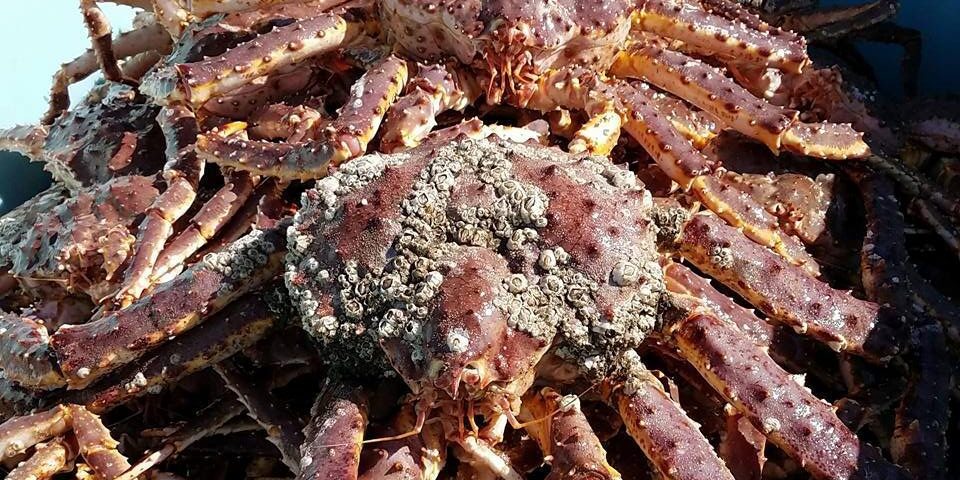The remaining dozen crabbers still looking for red king crab in Norton Sound this season are having a difficult time finding the Alaskan crustacean.
“This past week, the harvest was only less than 1,000 lbs.”
Alaska Department of Fish & Game’s area manager in the Norton Sound, Jim Menard, says 72,000 pounds of crab have been delivered so far. The season has been open for fifty days, and as of Monday, the amount caught was only about half of the total guideline harvest level (GHL).
According to Menard, during each summer since 2010, it has taken 15 days or fewer for fishers to harvest 70,000 lbs. of crab.
“We’ve seen the downward part of the guideline harvest level, and we’re now into, like, the fourth year, so we think we’ve kind of bottomed-out.”
He says this summer season still inches forward, but with fewer crabbing boats.
“We peaked at about 25 boats fishing, and now we’re down to 12. A lot of the boats have called it a season, and they’ve moved on to halibut fishing or salmon fishing.”
One of those still-active crabbers is Howard Farley, Sr., of Nome. Earlier this month, on August 2, he shared some of his crabbing woes during a “Strait Science” presentation focused on the results from a Southern Bering Sea trawl survey.
“We’re picking at ‘em, and it’s costing a fortune, and we’re just wasting bait, doing a lot of traveling, and by now, we would have the quota.”
Farley says he just wants to know what happened to the crab and figure out where they went. Scientists like Lyle Britt with National Oceanic and Atmospheric Administration (NOAA) Fisheries believe they’ll know more about the crabs’ whereabouts once the Northern Bering Sea trawl survey is complete and results are finalized in November.
According to Menard, several crabbers and local experts have proposed different theories that could possibly explain the lack of crab in Norton Sound this season.
“Some have suggested that the early break-up in March — with the fresh water starting to pour in with the ice breaking up — that the crab started to push off early and they were much farther out than the fleet thought they would be. It’s just too far out, and there wasn’t enough crab.”
The local area manager believes Norton Sound has reached the bottom plateau and crab numbers will gradually improve from here on out.
ADF&G has the ability to stop this sluggish crabbing season early if they choose, but Menard says the plan is to let the crab fishery stay open until September 3, regardless of whether or not the summer quota is met.
Image at top: file photo, provided by Adem Boeckmann (2019).




